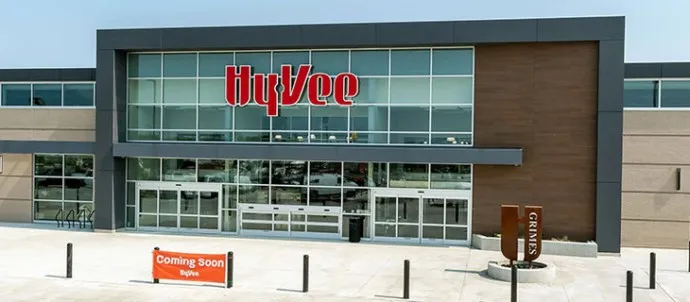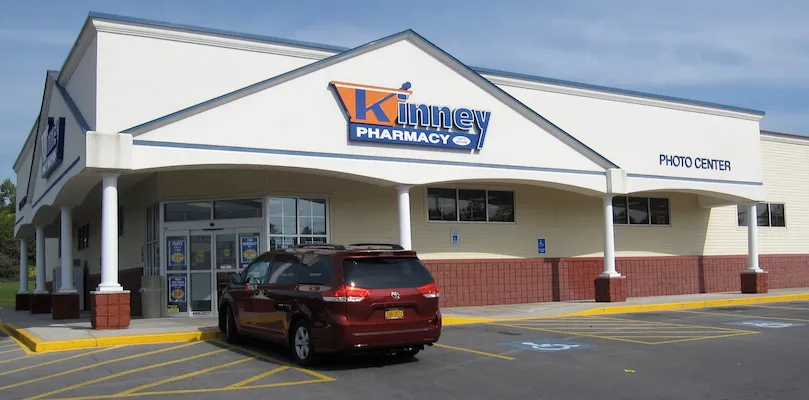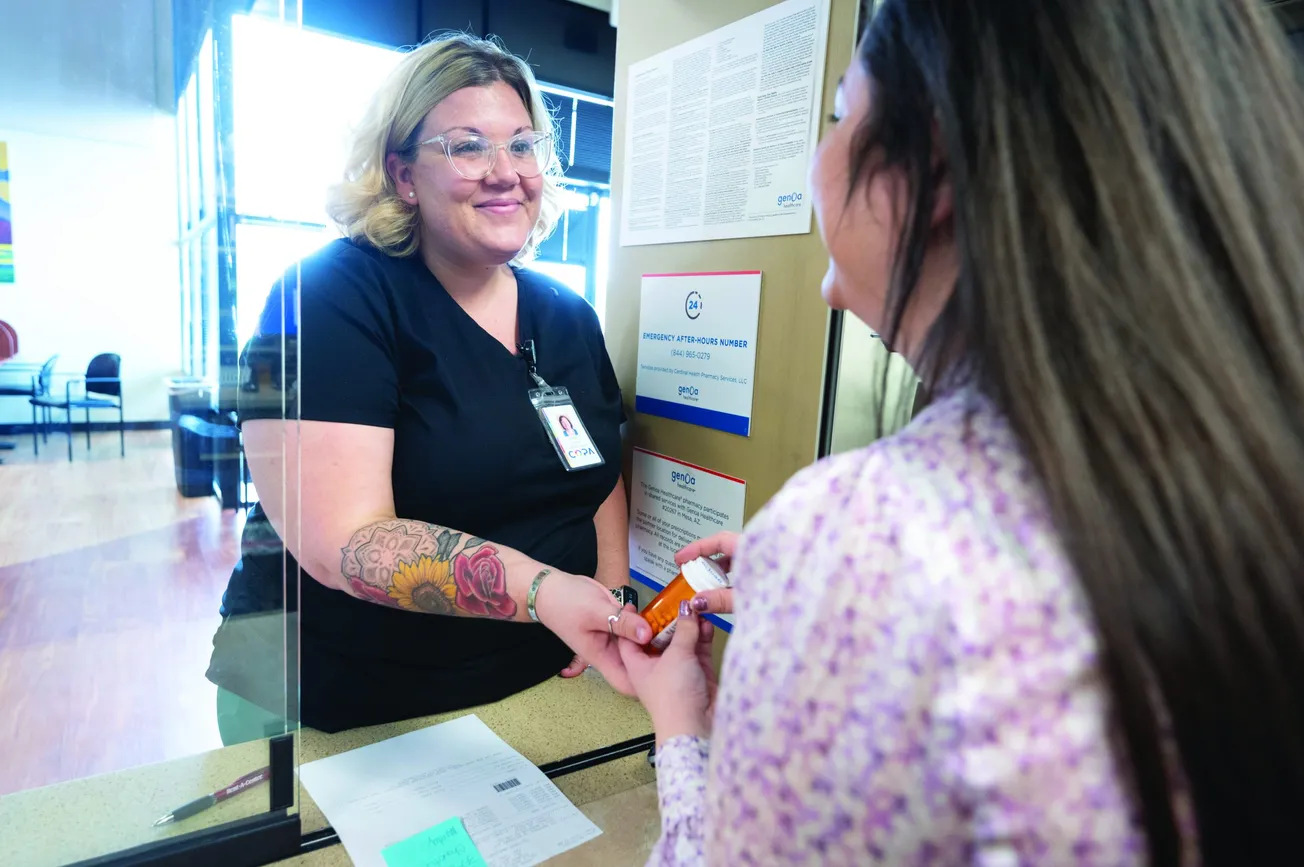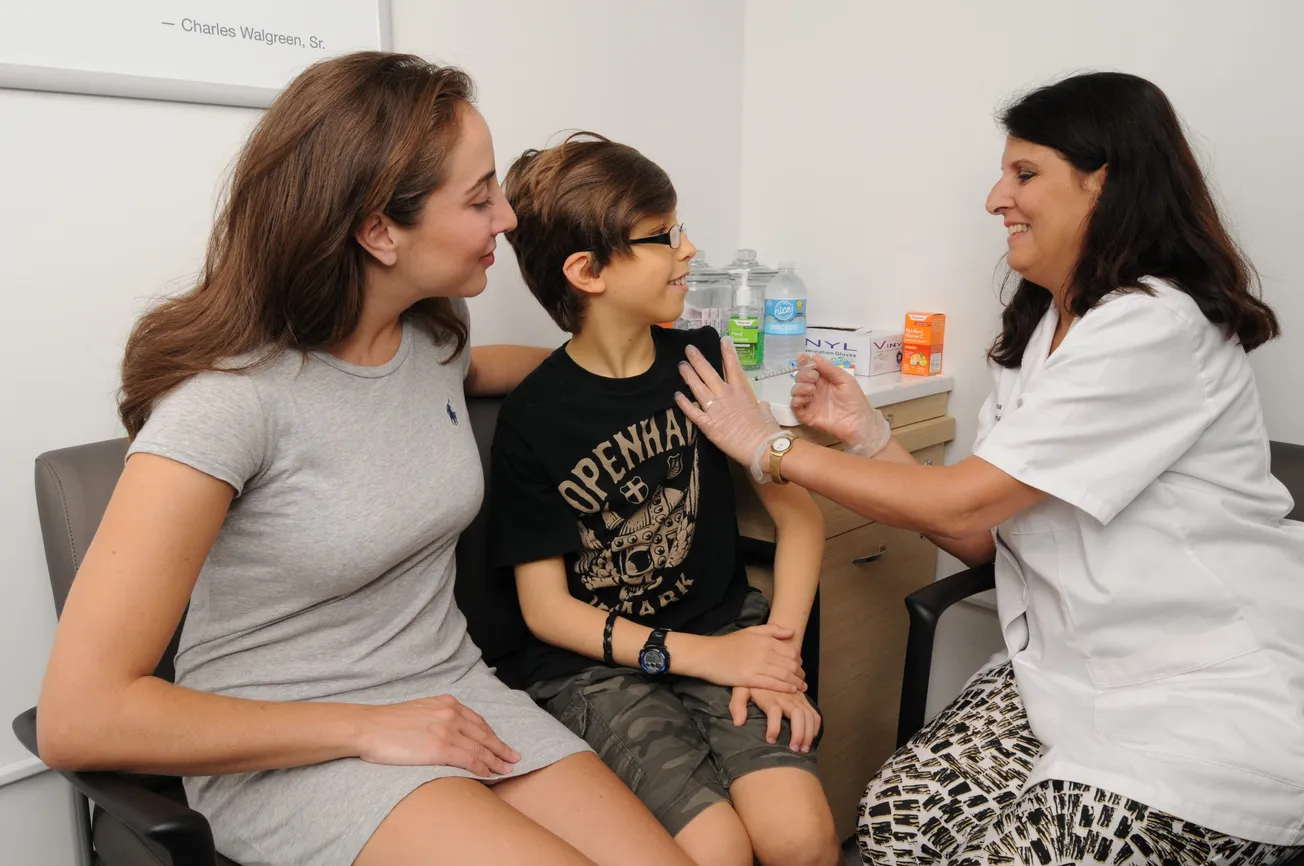Most retailers talk a lot about the customer-centric imperative; CVS Health is doing something about it. In recent years, the company has been on a journey to strengthen the connective tissue uniting the various aspects of the organization, in an effort to provide a seamless experience for patients and consumers — no matter which CVS asset they are accessing.

“For us, this whole notion of consumer-centricity and building a world of health around every consumer, a concept articulated early on by [CVS Health CEO] Karen Lynch, is a differentiator. It is critical when we think about transforming health care,” says Diane O’Hara, who, as senior vice president of customer advocacy and insights, has helped drive the evolution of the company’s service-oriented culture. “We think it has real impact on people’s lives, and actually allows them to get better health outcomes.
“In order to be really effective at bringing the consumer to the center, we needed to think about how we systematize our approach, how we collect data from consumers, and how we analyze that data. And, most importantly, how we act on that data in a way that makes it personalized and very real to every colleague at CVS Health, whether they’re in a consumer-facing role or not.”
When she joined the company three years ago, O’Hara was well equipped to play a leading role in the transition to a technology-enabled customer service organization. After 25 years in financial services, she understood data and how it can be utilized. “A key moment was when I moved from the credit card industry to retail banking,” she recalls. “That whole human element, that human interaction, was added in for me. I grew to have a much greater appreciation of the power of combining data and analytics, and the positive impact that could have on consumers.”
O’Hara and her colleagues developed a plan to implement the customer-centric vision spelled out by Lynch and Michelle Peluso, executive vice president and chief customer and experience officer. The four pillars of the push toward greater customer-centricity included establishment of Net Promoter Scores (NPS) as a uniform metric across the enterprise; a common technology platform used to collect and analyze input from consumers and patients; a closed loop system that “democratizes the data”; and a corporate culture that influences all 300,000 CVS employees, not just those who interact with customers.
“Our challenge was to figure out how to draw the connection between what people do every day as part of their job, and how that impacts the end consumer, the end patient,” explains O’Hara, “and then feed that into how we train people, how we assess performance, and how we understand the impact of the customer experience on our business.”
The value of CVS Health’s customer-centric initiatives is perhaps best illustrated by the company’s Specialty Pharmacy business. O’Hara credits the segment’s executive team with grasping the importance of the new capabilities and “bringing them to life.”
“From a colleague standpoint, we’re very fortunate in that the leaders of the Specialty organization really embraced this work,” O’Hara says. “For instance, Emily Pefanis [vice president of Specialty Pharmacy operations] was very intentional in how she communicated the importance of NPS and the consumer, and was actively in this platform, looking at data and holding her teams accountable for it.
“All those folks have access to our platform; they can go in and see the pieces of customer feedback that we get. Specialty Pharmacy is one of the businesses that, for every piece of feedback received, they are responding directly to the consumer. If it’s somebody that had a great experience, they’ll reach out and say, ‘Thank you so much, we really appreciate your loyalty. Is there anything we can do better?’
“If it’s somebody that had a not-great experience, they’ll do some research on the issue, and reach back out to that customer to do service recovery and make sure that the client’s getting what they need. Then they’ll go back to their internal business partners, so that other folks won’t encounter the same problem.”
She adds that NPS scores in Specialty Pharmacy have increased significantly, along with employee satisfaction: “We hear from our colleagues that they love what we’re doing. Not only do they feel more connected, they also see the rest of the organization working to make the consumer experience better and enable them to do their jobs better.”
In addition to raising the satisfaction level of consumers and employees, the customer-centric strategy is generating other gains — for both the company and the people it serves.
“If you think about what we’re doing with all of the feedback that we’re getting and the systemization that we put in place, it’s really in about finding inefficiencies that exist in our operations today, and helping the business to correct them,” O’Hara says. “More importantly, it helps our members and our patients. As a result of what we’re doing, they may have a clearer view on what their coverage is. They may have a clearer view on what their cost is, or on when and how they can access care. As we make those experiences better, it increases trust. As trust increases, we’ve also seen that that can help close gaps in care. When NPS is higher, when we have customers who are more satisfied, we see greater compliance in terms of prescription adherence.”









